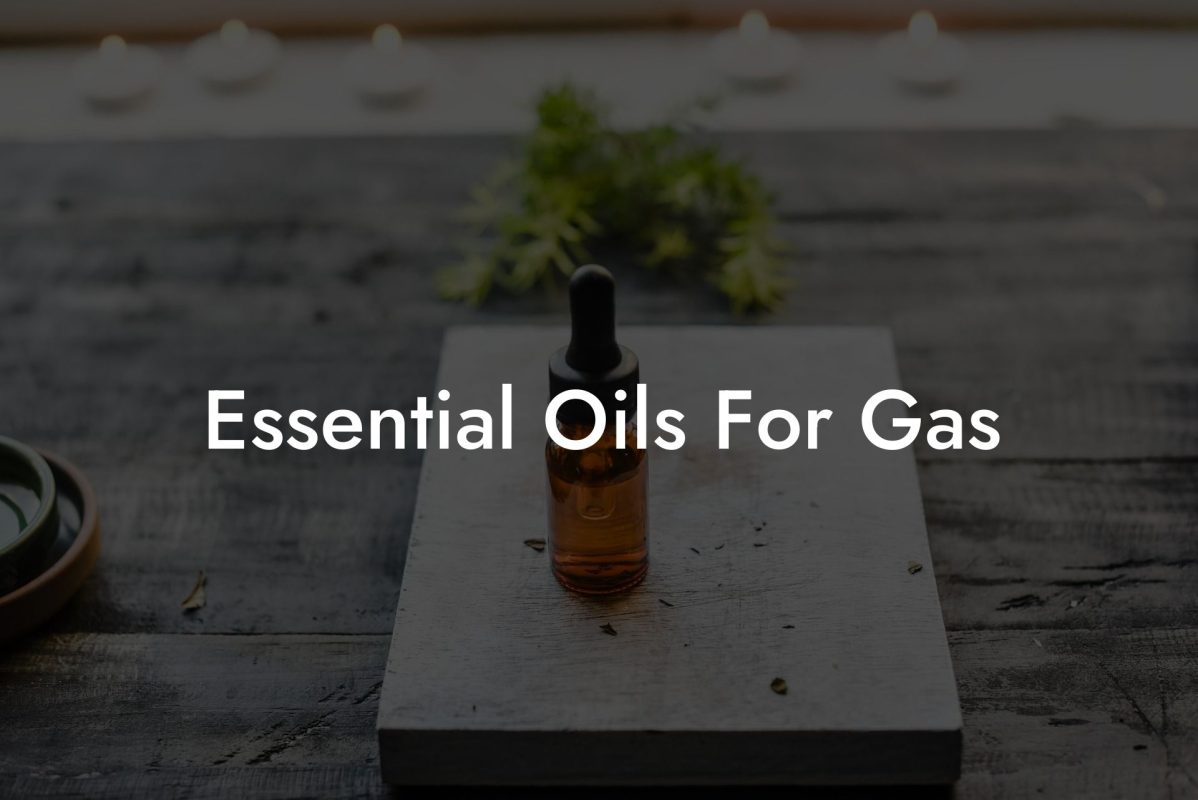Discover the art of making your own lavender essential oils and enjoy the calming, stress-relieving benefits it brings. This article will guide you through the steps you need to take to create a high-quality, homemade lavender essential oil. So, let’s dive into the world of aromacology and uncover the secrets to producing this soothing potion.
Table of Contents
Benefits of Lavender Essential Oil
- Calming: Lavender oil is known to promote relaxation and reduce anxiety, making it an excellent addition to your bedtime routine.
- Sleep Aid: The calming effect of lavender oil has been proven to improve sleep quality and help with insomnia.
- Antibacterial Properties: Lavender oil is a natural antibacterial and can be used as a mild skin cleanser and to treat minor skin infections.
- Healthy Skin: It is known to help reduce redness, itching, and inflammation of the skin.
Essential Tools and Ingredients
Before you start creating your own lavender essential oil, ensure you have the following items:
- Fresh lavender flowers
- Carrier oil (sweet almond oil or grapeseed oil)
- A glass jar with a lid
- Cheesecloth or fine mesh strainer
- Dark glass bottles for storage
Choosing the Best Lavender Flowers
The quality of your essential oil will depend on the lavender flowers you choose. Keep the following pointers in mind while selecting the flowers:
- Pick the flowers in the early morning hours to ensure the highest concentration of oil in their petals.
- Choose fresh, fully open flowers without any signs of wilting or browning.
- Ensure that your lavender is grown organically and free of chemicals and pesticides.
Creating Lavender Essential Oils
Now that you have everything you need, let’s dive into the process of extracting lavender essential oils:
- Preparing your flowers: Separate the flower buds from the stems and leaves, discarding any wilted or brown petals.
- Infusing the oil: Place the lavender buds in the glass jar and cover them completely with the carrier oil. Make sure that all the buds are submerged and the oil is at least one inch above the buds. Stir the mixture to ensure the flowers are evenly distributed.
- Sealing and storing: Screw the lid on the jar tightly and store it in a warm, dark place for 2-4 weeks. Stir the mixture every few days to ensure the lavender continues to infuse into the carrier oil.
- Straining the oil: After the infusing period, place the cheesecloth or fine mesh strainer over a bowl. Slowly pour the infused oil through the strainer, allowing the lavender buds to be separated from the oil. You may need to squeeze the buds to ensure you have extracted all the essential oil.
- Storing the essential oil: Transfer the strained lavender essential oil into dark glass bottles for storage.
How To Make Lavender Essential Oils Example:
Imagine coming home after a long, stressful day, and you’re looking for a way to unwind. Instead of using commercial products, you decide to use your homemade lavender essential oil in a diffuser. The warm and inviting aroma fills your space, creating a calming environment. As you indulge in a book or watch a movie, the soothing scent helps you relax and alleviates your stress, preparing you for a good night’s sleep.
Now that you know how to make your own lavender essential oils, you can begin experiencing the benefits in every aspect of your life. We encourage you to share this article with your friends and family, so they can also learn about the art of aromacology and experience the power of lavender essential oils. Be sure to explore other articles on the Oshu Oils blog for more guides to essential oils and check out our range of high-quality essential oils available for purchase.





















